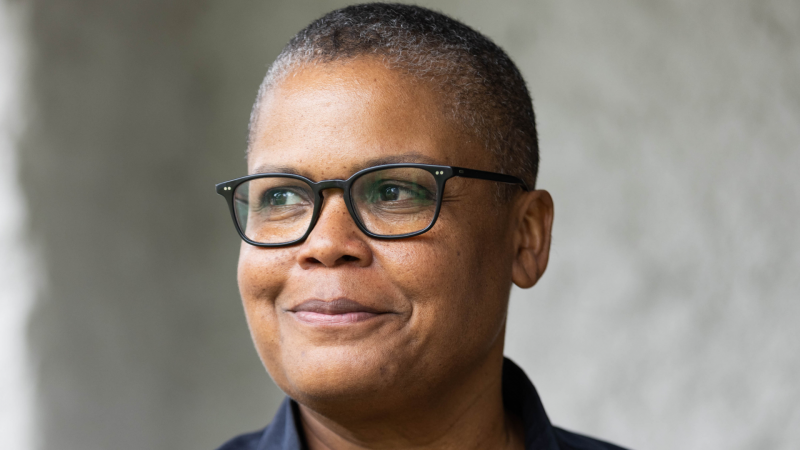“In the United States, it’s very stark that the past is not yet past. Problems that we think of as historical in fact continue to impact our lives on a daily basis.”
These are the words of historian Keeanga-Yamahtta Taylor, who has dedicated her career to the impacts of systemic racial inequality resulting from historical and contemporary economic policies — as well as the transformative power of social movements.
Her latest book, “Race for Profit: How Banks and the Real Estate Industry Undermined Black Homeownership,” was nominated for the 2020 Pulitzer Prize.
Taylor, who is a MacArthur Fellowship, or “genius grant,” recipient and professor in the Department of African American Studies at Princeton University, recently spoke to KQED Forum’s Alexis Madrigal for a conversation on the financial structures of racial inequality in the U.S.
Read on for historical and contextual highlights from their conversation, and listen to the full interview by hitting the pink-and-white play button above.
‘Locked out’
According to Taylor, an “urban crisis” developed in the years following World War II — one that had deep and long-lasting impacts for Black communities especially.
After the war, she said, African Americans were “locked out — of not only the emergent spoils that came about through the war effort, but also through the exclusion from the social safety net that had been created in the United States in the 1930s.”
The exclusion of many Black people from state-mandated aid and the private sector “meant that cities, where Black people were concentrated, were undergoing enormous hardship in terms of not enough good-paying jobs,” Taylor said. Especially as “jobs were moving to the periphery, to the suburbs for cheaper tax rates, and their housing was in a deplorable state,” she added.
“The U.S. government’s policies from the 1930s had privileged building new housing in the suburbs, and that resulted in the deterioration of housing in American cities,” said Taylor.
African Americans’ imminent migration from rural and southern areas to northern cities was not rewarded with “the American Dream that earlier waves of immigrant populations had found in American cities,” said Taylor.
Instead, she says, quoting Malcolm X, they found “an American nightmare.”
To Taylor, “that kind of exclusion and deprivation in the face of enormous wealth and prosperity” defined the urban crisis, which led to a series of social uprisings in the 1960s. And what became known as the “urban crisis” was in fact ultimately “a crisis of American capitalism that was having its greatest consequence in the lives of ordinary Black people who were city-bound,” she said.
‘The exclusionary practices of the state’
Learning about the Housing and Urban Development (HUD) Act of 1968 during her time in graduate school would set Taylor on her path of study.
Taylor calls the act, signed by President Lyndon B. Johnson in August of that year, “the first attempt by the federal government to help low-income working-class Black renters become homeowners.”
The housing programs of the 1930s HUD Act, which produced white working-class homeowners, “had now come to be understood as exclusionary and involving practices that have been described as redlining,” Taylor explained, and “Black people were largely excluded from those programs.”

